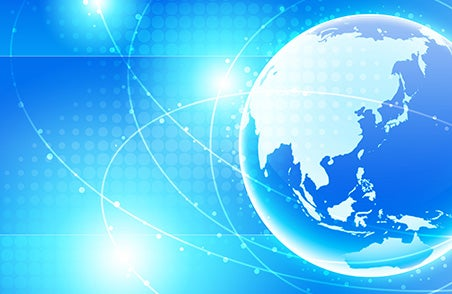Top 10 Asia-Pacific Brands Make Their Global Mark
Many Asia-Pacific brands are household names around the world. Here are the top 10 brands and how they rank on the global stage.

Despite their considerable size and global scope, many of Asia’s most successful brands still do not figure on Interbrand’s Best Global Brands 2015.
But a new wave of brands with roots in the region is bucking this trend, as companies such as fashion retailer Uniqlo hit their stride globally. Still, it takes time to build a sustained presence. For the time being, the region is known more for brands associated with electronics, technology, and engineering.
This list takes a look at the big players. It integrates the marketing success of the Top 10 Asia-Pacific brands and Campaign Asia’s Top 1000 Brands 2015 with Interbrand’s Best Global Brands 2015 (not all companies listed made it), as well as data from global research firm Nielsen.

According to Interbrand’s Best Global Brands report, the key to maintaining momentum for Samsung is “newness.” Its global “Next is Now” campaign built anticipation around the launch of its Galaxy phone by previewing its innovative features. The South Korean company was launched in 1938 and today comprises about 80 companies. Clearly Samsung is a truly global brand with diversified interests.

This Japanese multinational is a leading manufacturer of electronic products and one of the world’s most comprehensive entertainment companies. Globalisation was one of its early aims. Sony cracked the U.S. market in the mid-1950s, selling transistor radios. Yet 2015 was a difficult year as the company endured a costly cyberattack and criticism over its decision not to screen the controversial film “The Interview,” according to the Interbrand report.

This Japanese company was founded 1918 and has grown to become one of the country’s largest electronics producers. Panasonic moved away from consumer products in 2015. Its strategy centres on business-to-business markets: home and living, business, and automotive.

LG was established as Lak-Hui Chemical Industrial in 1947. In 1997 it was renamed LG to expand into the Western market. So while LG has been around for decades, it is a relatively new brand in Western eyes.

At the beginning of 2015, Canon, known widely for its cameras, was the 10th largest public company in Japan when measured by market capitalisation. Canon continues to build an arsenal of intellectual property around optical sensors and image-processing technology, a strategic shift that has been 20 years in the making.

Toshiba is headquartered in Tokyo and has operations worldwide. While in 2010 it was recognised as the world’s fifth-largest personal computer vendor, things turned sour in 2015 when the company was rocked by an accounting scandal that saw it removed from the JPX-Nikkei Index 400, which showcases Japan’s best companies. It ended the year announcing it was in debt for more than ¥1 trillion (US$12 billion).

Lotte is a multinational food, chemical, and shopping corporation with headquarters in South Korea and Japan. It was established in 1948 and is still controlled by the founder’s family. Today it is the largest confectionery manufacturer in South Korea. According to Euromonitor International, Lotte Group is dependent on the Japanese and South Korean markets. Despite its joint venture with U.S. confectioner Hershey and its acquisition of Poland’s E Wedel, Lotte Group had not moved aggressively into wider emerging markets.

Meiji is a leading Japanese producer of packaged food. It is heavily reliant on its domestic market for high-value sales.

In 2013, Honda was the first Japanese motorbike and carmaker to become a net exporter to the United States.

The PlayStation 4 has proved to be Sony’s 2015 success story, according to the Interbrand report. It now has a dedicated ecosystem of cloud-based games (PlayStation Now), TV (PlayStation Vue), and music (Spotify on PlayStation Music), as well as a virtual reality headset in the pipeline (Project Morpheus). Connecting these services to the console positions the brand to own a greater share of consumers’ entertainment choices.